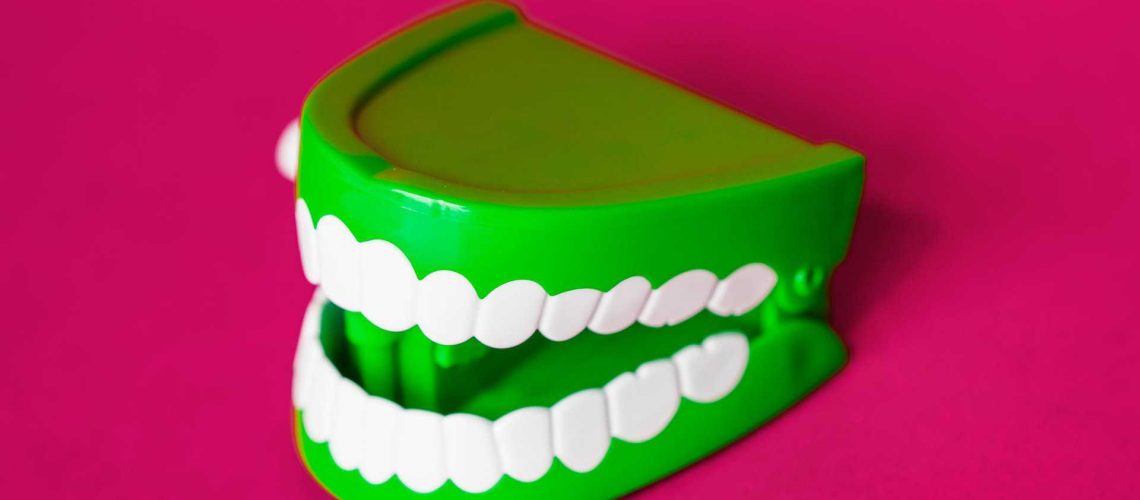Periodontal disease, often referred to as simply “gum disease”, is a disease of the dental structures surrounding the teeth.
There are two forms of periodontal disease, one being a relatively minor infection of the gums that is treatable, and another being irreversible (although still treatable). The former is called gingivitis while the latter is called periodontitis.
Differences Between Gingivitis and Periodontitis
- Gingivitis: This form of periodontal disease often precedes periodontitis, although it is not always the case that gingivitis progress into periodontitis. Gingivitis results from the buildup of plaque below the gumline. The body’s natural reaction to this plaque buildup is to release a hormone which leads to the gums becoming inflamed. At this stage, the gums can be irritated and bleed very easily during teeth brushing, however, the teeth will still be held firmly in the sockets, and the gum line will not recede.
- Periodontal Disease: At this stage, the gum line has receded and become inflamed to the point that the teeth are beginning to loosen from their sockets. Irreversible bone and tissue damage occurs at this stage. During periodontitis, the inner layer of the gum and bone start to recede from the teeth, forming pockets where large amounts of bacteria and food particles can begin to accumulate. The various toxins and poisons produced by the bacteria begin to further break down the gum tissue and bone surrounding the teeth, which become loosened as a result. Sensitivity and tooth loss is thus common at this stage.
What Causes Periodontal Disease?
The main factor of origin for periodontal disease, as with almost all dental problems, is plaque. Failure to properly prevent the buildup of plaque, and its spread into and under the gum line, will result in gum disease at some point.
There are also other factors that contribute to the development of this disease, including:
- A history of gum disease in the family – If this disease runs in the family, the chances of getting it at some point are much higher.
- Illnesses – Cancer and HIV significantly increase the chances of developing gum disease. Diabetes is also correlated with periodontal disease, as it is a disease that makes it difficult for the body to regulate and use blood sugar.
- Certain medications – If your medication results in dry mouth or lessens the flow of saliva, your chances of developing periodontal disease are higher. Certain medications such as Procardia and Adalat can also cause abnormal gum growth.
- Unhealthy habits – Smoking and excessive coffee or alcohol consumption increase one’s risk of developing periodontal disease.
- Hormonal changes – Pregnancy, menopause, puberty, menstruation, and other physical developments that result in hormonal changes can increase the risk of periodontal disease.
See Your Dentist for Diagnosis and Possible Treatment
One of the best ways of preventing periodontal disease is by seeing your dentist regularly. Professional dental cleanings will significantly lower your chances of developing periodontal disease.
If periodontal disease has already developed, there are treatments that your dentist can give you that will help reverse or manage it.






